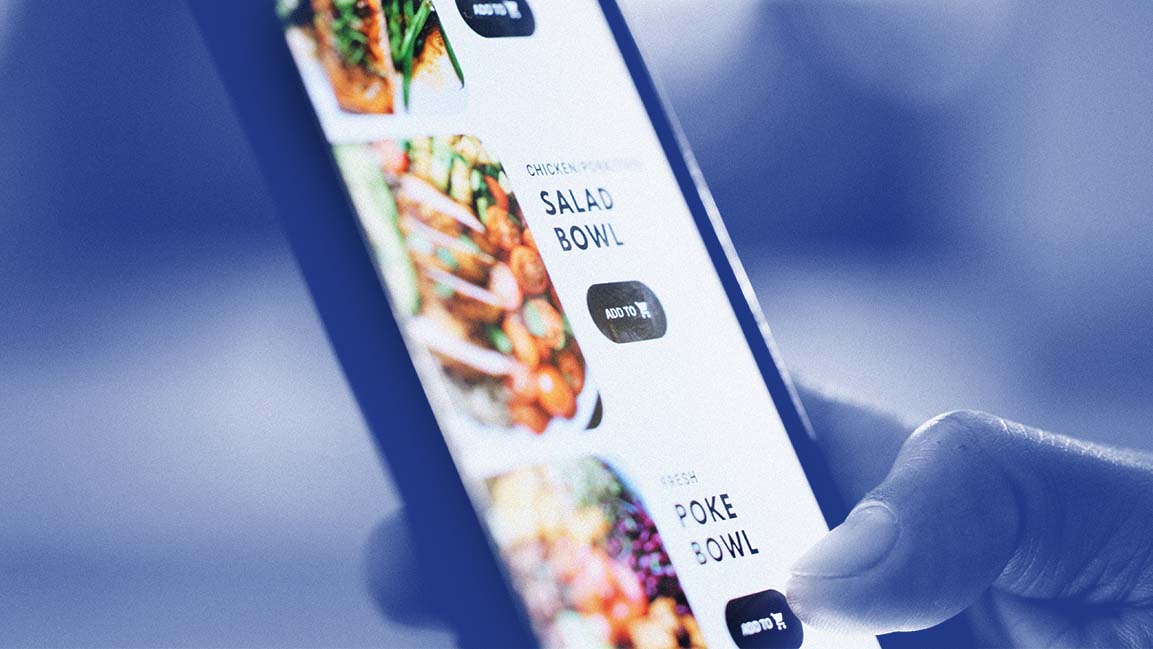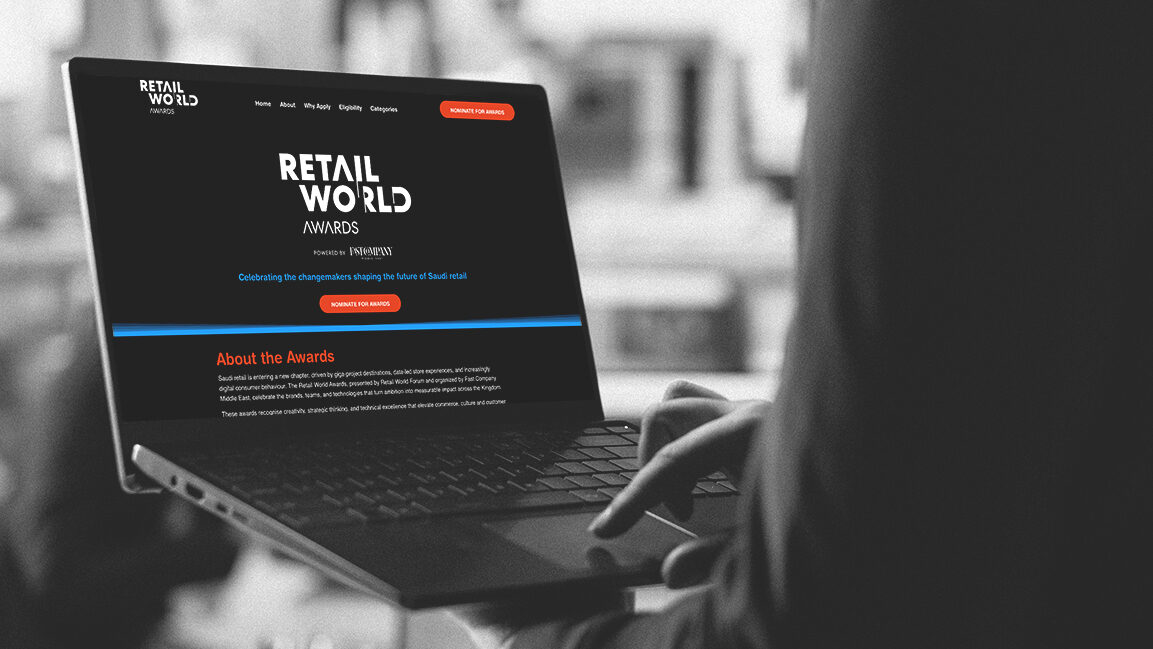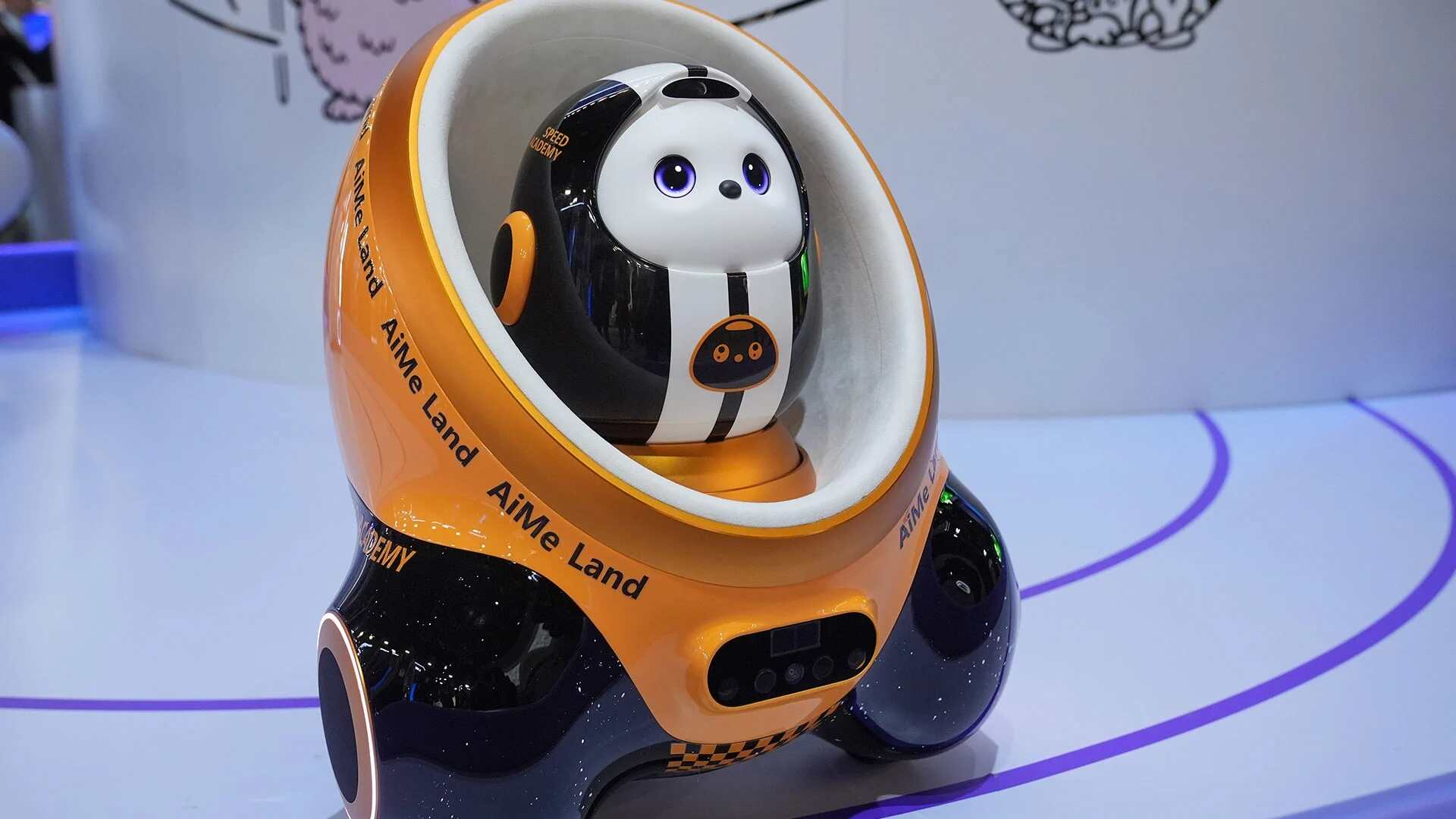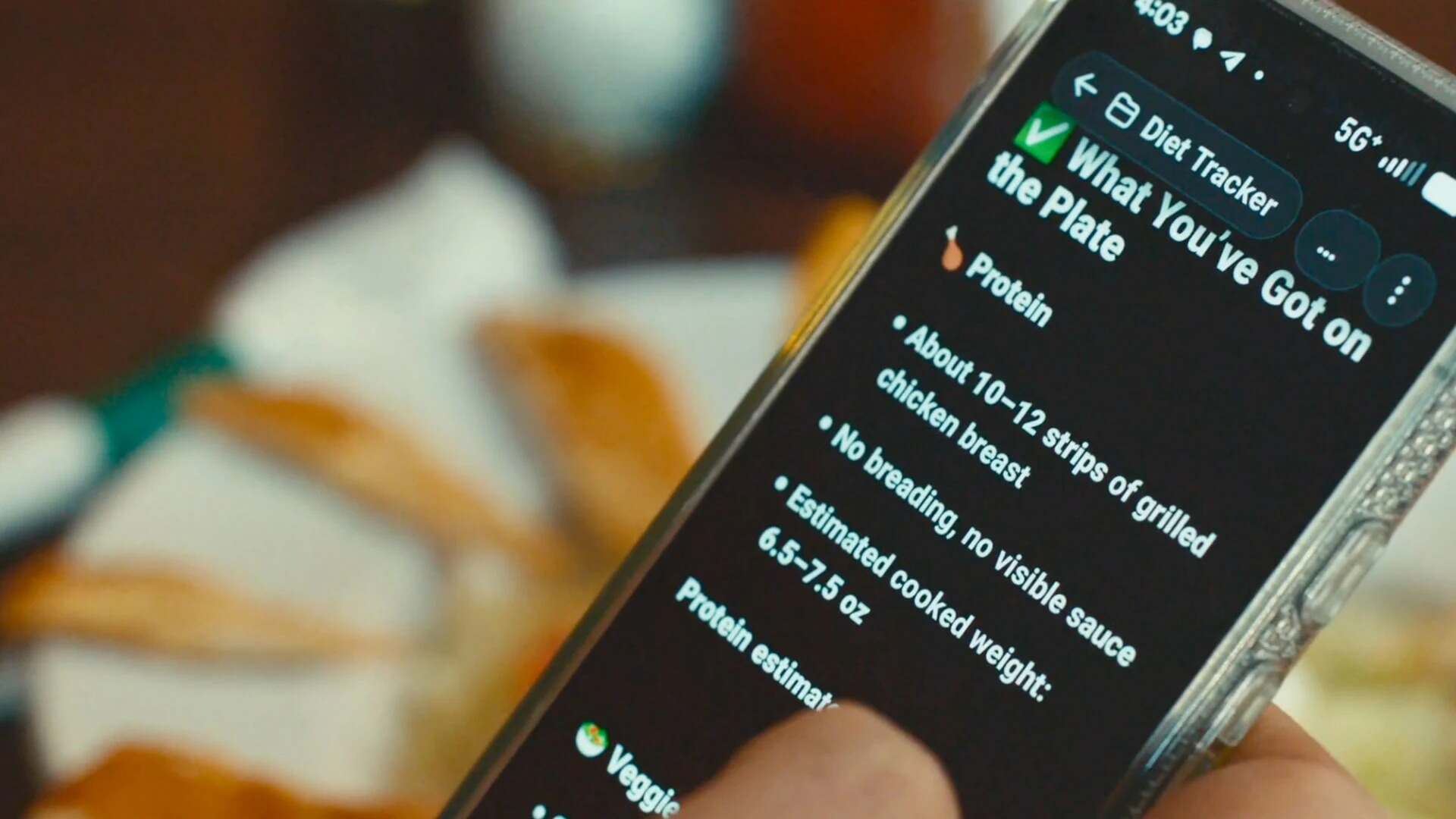- | 2:00 pm
Is mobile the future of food delivery in the Gulf?
With a 30% surge in mobile orders across the UAE and Saudi Arabia, new data from Syrve MENA shows how smartphones are reshaping how and when the region eats.

In the UAE and Saudi Arabia, food delivery is increasingly being shaped by smartphones. More orders are now placed on screens than at counters, and the numbers show how quickly this shift is taking hold.
According to new data from Syrve MENA, a restaurant technology provider, mobile food delivery orders in both countries surged 30% in the first half of 2025 compared to the same period last year.
Mobile-first platforms are driving the shift. Aggregators such as Talabat, Deliveroo, and HungerStation now dominate the food delivery ecosystem, accounting for around 75% of all mobile restaurant orders in the region. The remaining share comes from traditional channels like websites, call centers, and branded apps typically favored by major chains seeking greater control over the customer experience.
The dominance of smartphones in the food delivery journey is clear. Syrve’s data shows that over 70% of all food delivery transactions now take place on mobile devices, turning phones into the new front door to our dining habits.
Consumer behavior is evolving in step with technology. The report also highlights seasonal and cultural spikes that are reshaping how restaurants plan and operate throughout the year.
Ramadan in March triggered a sharp rise in mobile food orders, as families broke their fast with evening meals delivered to their doors. Another surge is expected in the summer months, when soaring Gulf temperatures keep diners indoors and on their phones.
Evening hours remain the busiest period for deliveries, especially between 8:00 PM and 11:00 PM—a strong window for fast food, Indian, Italian, and international cuisines. Cultural patterns also shape demand. Arabic restaurants see their peak between 10:00 AM and noon, with breakfast staples such as foul, falafel, and labneh wraps trending during mid-mornings.
Interestingly, Monday mornings are emerging as a growth period for breakfast orders, suggesting that convenience is influencing not just how we eat, but how we start the week.
While both the UAE and Saudi Arabia are heavily driven by mobile orders, each market has its own growth trajectory.
In the UAE, online meal delivery is expected to grow at a compound annual growth rate (CAGR) of 10.2% through 2033, driven by a digitally savvy population that values speed, loyalty programs, and seamless ordering.
Saudi Arabia’s growth is even more pronounced. With a CAGR of 15.4% forecast through 2030, the Kingdom is becoming one of the fastest-growing food delivery markets in the region. Rapid urbanisation, widespread smartphone adoption, and an increasingly convenience-focused middle class are fueling this momentum.
By the end of 2025, Syrve projects that more than 80% of food delivery orders in the UAE and Saudi Arabia will be placed via mobile.































